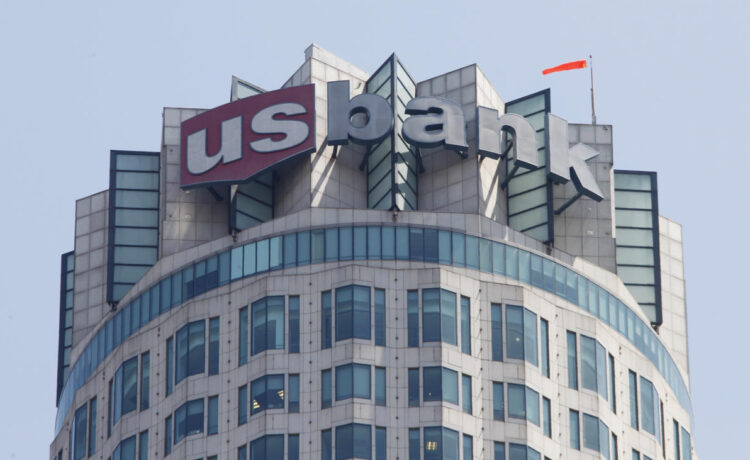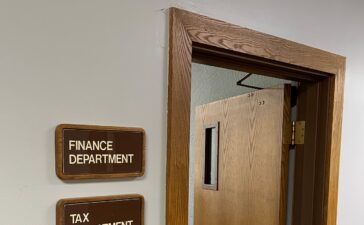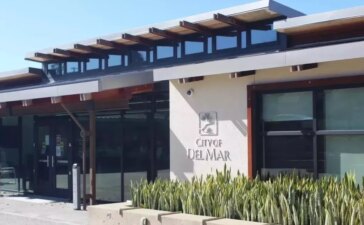Federal Reserve Chair Jay Powell is making the rest of 2024 more complicated for regional banks.
This past week 12 of the nation’s best-known midsize lenders reported sizable drops in first quarter profits thanks largely to the effect elevated interest rates are having on their operations.
Many of these banks are paying higher costs for deposits as customers continue to seek out higher yields, and those costs are eating into a key revenue source known as net interest income.
That pressure is not likely to abate anytime soon as the Fed dials back its expectations for rate cuts in 2024, a move that was cemented by Powell this past Tuesday just as many regional banks prepared to release their first quarter results.
Read more: What the Fed rate decision means for bank accounts, CDs, loans, and credit cards
The Fed was a popular topic for regional bank executives as they explained their results to Wall Street and described their outlook for the rest of the year.
Most reaffirmed that they expect the money they make from lending to drop as rates remain elevated.
Some, however, predicted that if rates stay high, their banks will eventually be able to make more from lending or the repricing of their securities, perhaps during the second half of this year.
Take US Bancorp (USB) and PNC Financial Services Group (PNC), the two biggest regional lenders in the US.
Minneapolis-based US Bancorp now expects to make between $200 million and $500 million less in net interest income than it forecast in January, driven by lower loan growth and more expense pressure from deposit costs.
“The outlook for potential rate cuts in 2024 has meaningfully changed,” Andy Cecere, US Bancorp CEO, told analysts Wednesday. “We now expect our net interest income for the full year to be lower than anticipated.”
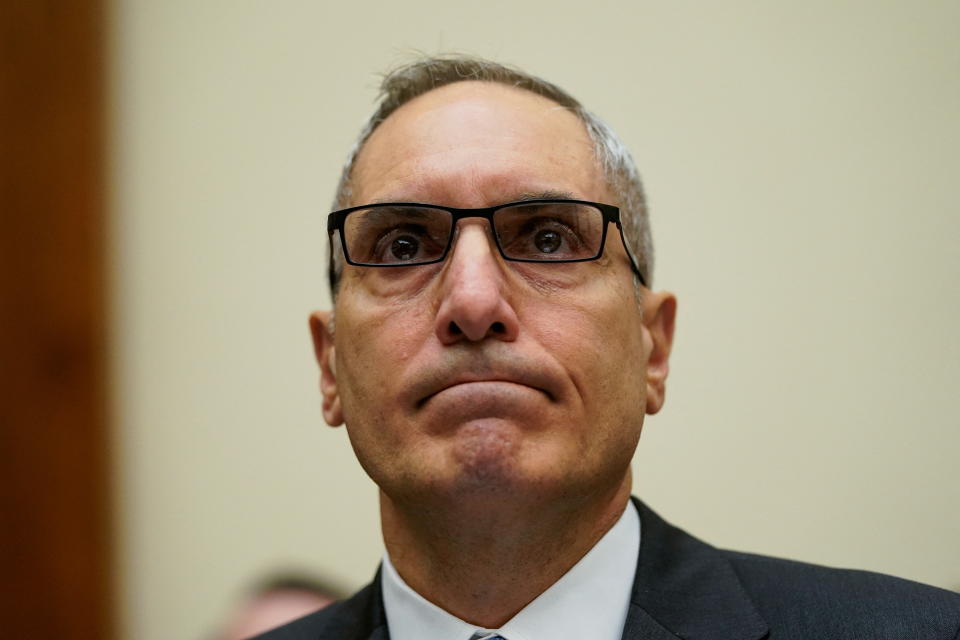

As for next year, “we’re not going to give a 2025 guide right now because it’s so volatile in terms of what rates could be.”
Pittsburgh-based PNC, however, said it expects improvement in the last two quarters of the year thanks to the repricing of its under-earning securities portfolio. That will help even out any rise in deposit costs, the bank’s CEO said.
“It would be a bit of a heroic assumption for anybody to say that deposit costs won’t continue to creep up in the face of a steady Fed,” PNC CEO Bill Demchak told analysts Tuesday.
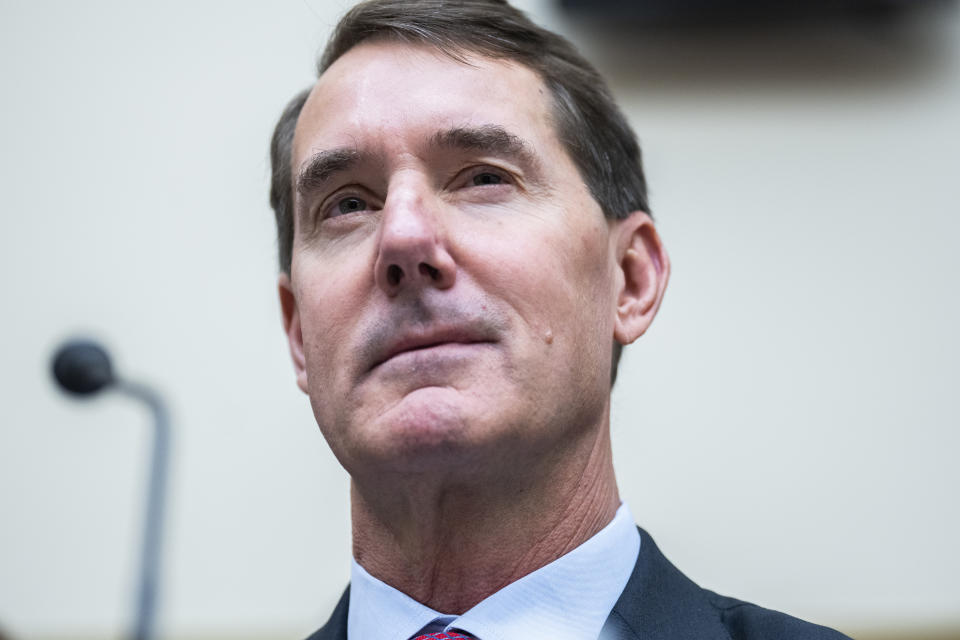

First Horizon (FHN) CFO Hope Dmuchowski told analysts Wednesday that forecasting how much the bank can make from its net interest income “in this environment is very, very hard, even within a 3% range, with as many moving parts as we have.”
The Memphis-based lender kept its previous guidance for net interest income to grow between 1% and 4%, assuming three rate cuts. It also bucked an industry-wide trend in the quarter, with costs for interest-bearing deposits declining from the previous quarter while overall levels were stable.
At Buffalo, N.Y.-based M&T Bank (MTB), executives bumped the bank’s net interest income guidance up to $6.8 billion, the top of its previous range. But that is an estimate based on two rate cuts.
Part of that estimate also leans on the repricing of M&T’s securities portfolio as a margin boost.
“Obviously, we could outperform, but I’d much rather under promise and over deliver right now,” M&T CFO Daryl Bible told analysts Monday.
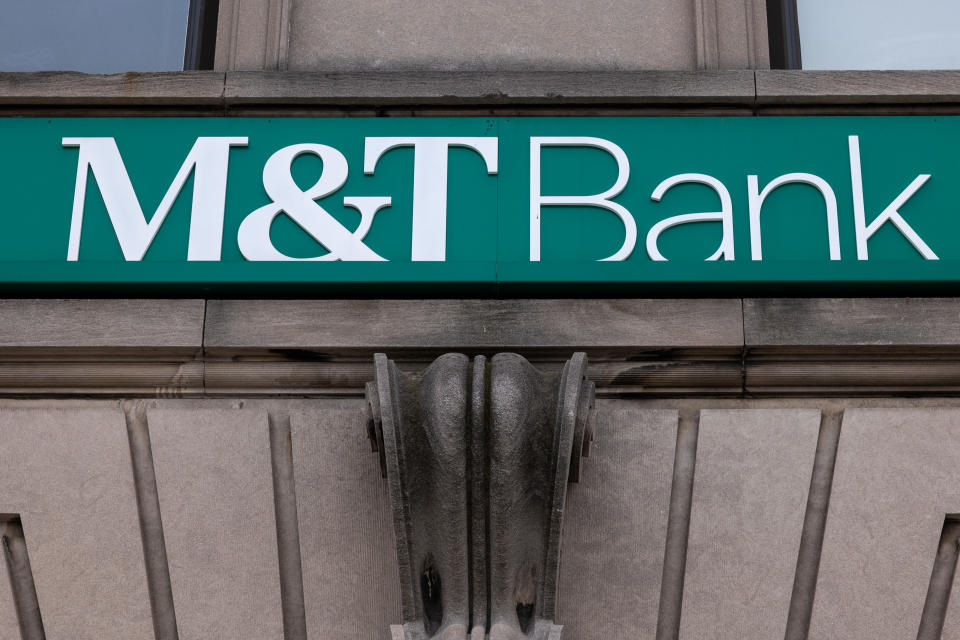

These regional banks could surely use more loan growth, but that may have to wait until the Fed lowers rates. And that largely depends on the path of inflation.
So far this year, readings from the Consumer Price Index (CPI) have been hotter than expected. Fed officials have cited those readings as a reason why rates will likely remain elevated for longer than expected.
“When you read those [CPI] reports, it’s a little bit like you’re looking into Snow White’s magic mirror; you kind of see what you want to see,” Fifth Third Bancorp (FITB) CEO Timothy Spence said in an interview Friday.
CPI rose 3.5% over the prior year in March, an acceleration from February’s 3.2% annual gain in prices and more than economists expected.
“You can conclude by looking at it that inflation is stuck at 3%, that it’s grinding down slowly to 2%, you could conclude that it’s reigniting towards 4%,” Spence added.
As long as rates remain where they are, Spencer said, the key for banks is “the race between your ability to reprice fixed-rate assets and your ability to manage deposit costs.”
Fifth Third’s interest-bearing deposit costs rose by 0.01% in the first quarter compared with the previous quarter, a much lower rise than some rivals.
“For all banks in an environment like this one, your ability to continue to control interest expense is going to be a big driver of your ability to hit your outlook,” Spence said.
David Hollerith is a senior reporter for Yahoo Finance covering banking, crypto, and other areas in finance.
Click here for in-depth analysis of the latest stock market news and events moving stock prices.
Read the latest financial and business news from Yahoo Finance

